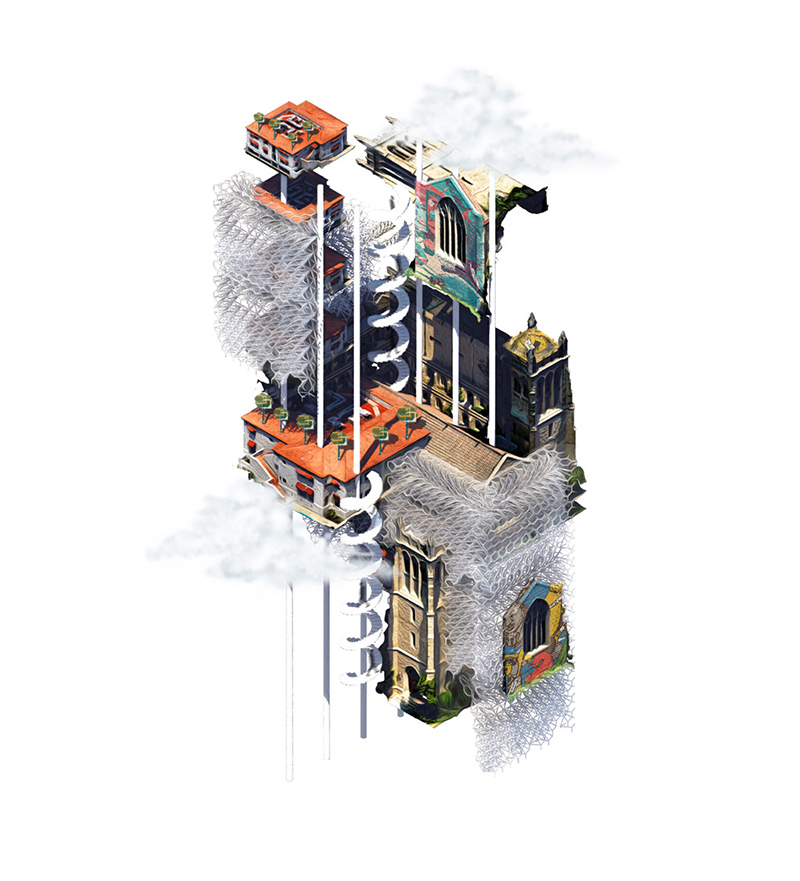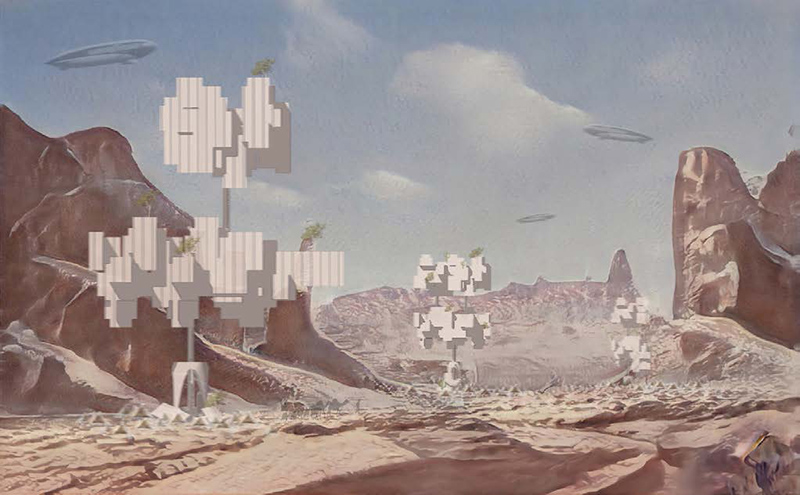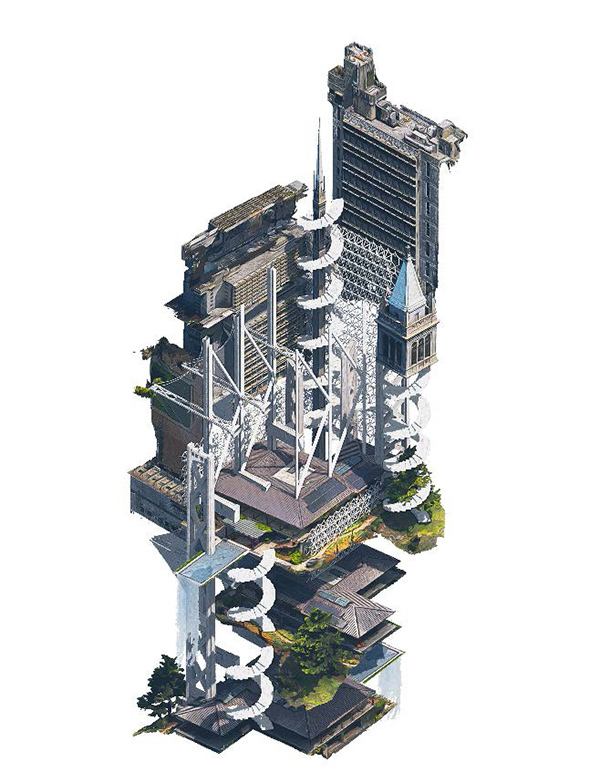Drawn, Together - ACADIA 2020
Machine-Augmented Sketching in the Design Studio
Kyle Steinfeld
This paper documents the approach taken by and the work produced in an undergraduate research studio conducted at UC Berkeley in the Spring of 2020. Here, a series of small design projects examine the applicability of machine-augmented sketching tools to early-stage architectural design.

Changes in the media through which design proceeds are often associated with the emergence of novel design practices and new subjectivities. While the dynamic between design tools and design practices is complex and non-deterministic, there are moments when rapid development in one of these areas catalyzes changes in the other. The nascent integration of machine learning (ML) processes into computer-aided design suggests that we are in just such a moment.

It is in this context that an undergraduate research studio was conducted at UC Berkeley in the Spring of 2020. By introducing novice students to a set of experimental tools and processes based on ML techniques, this studio seeks to uncover those original practices or new subjectivities that might thereby arise. We describe here a series of small design projects that examine the applicability of such tools to early-stage architectural design. Specifically, we document the integration of several conditional text-generation models and conditional image-generation models into undergraduate architectural design pedagogy, and evaluate their use as "creative provocateurs" at the start of a design. After surveying the resulting student work and documenting the studio experience, we conclude that the approach taken here suggests promising new modalities of design authorship, and we offer reflections that may serve as a useful guide for the more widespread adoption of machine-augmented design tools in architectural practice.

Read the full paper here.